Why I like flying kites
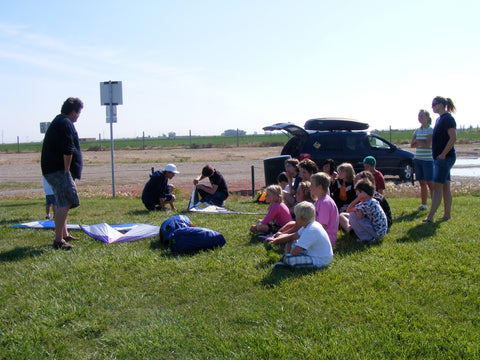
I mean no disrespect to drone flyers because I think they are pretty cool. I like technology, but after careful reflection, I find that for me kites are ideal, and here are just a few reasons why:
1) Kites are low tech - what I mean is they are flown by mechanical means (i.e., lines) and not via screens or joysticks. Truth be told I have way more screen time than I need! For fear of turning into a bigger vidiot, and exacerbating the stress injury to my gaming thumbs I prefer kites! Some of the best kites are the simple ones you can make yourself with newspaper and masking tape.
2) Kites are High Tech - in their own way - there is a lot of science and engineering in good quality kites. From high tech sail cloth to high-tech carbon frames along with geometry there is a lot that goes into a performance kite. Consider many sport kites allow you to change and interchange framing which changes the flight characteristics. Learning the tweaks for your kite can be a lot of fun and produce some pretty amazing results.
3) Crashes are not nearly as catastrophic - Parts to repair your kite are easily accessible from quality kite shops, and you can be back in the air pretty quick. Most repairs can be a successful do-it-yourself project saving time, money and adding some new crafty skills to your bag of tricks!
4) Speaking of tricks! - Have you seen the latest in slack line tricks and expressive quad line kite videos? Wow! Modern stunt kites are capable of some pretty cool maneuvres which require practice and precision. Even someone with few hours can tear up the sky with colour and motion that will attract an audience.
5) Strings attached? You bet! This is one of my favorites because it has strings 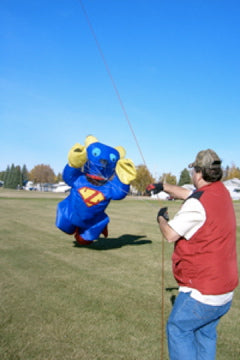 attached - it provides multi-sensory feedback and interaction with your kite. Not only to see your kite you interact with it directly as you provide the input, and you receive feedback through the lines from the kite. In a counterintuitive way, this is a really grounded experience or maybe a better way to describe it is like a dance where you and your partner respond to each other with each step!
attached - it provides multi-sensory feedback and interaction with your kite. Not only to see your kite you interact with it directly as you provide the input, and you receive feedback through the lines from the kite. In a counterintuitive way, this is a really grounded experience or maybe a better way to describe it is like a dance where you and your partner respond to each other with each step!
6) Colour your World - I LOVE the colour and the creativity of kites in the sky! If you have visited our Kite shop, you will have noticed the multiplicity of colours, sizes, and shapes and this makes for a dynamic hobby experience. A kite bag with a variety of kites provides a wonderful way to decorate the sky!
7) Quiet, please! - Kites, in general, are very quiet. No whining of engines, they simply ride the wind. In a world that is so darn noisy, it can be a reset to the mind to go quiet. The sound the wind in the trees, a slight whistle on the line makes for a great, stress reducing afternoon. Like a little growl? Some stunt kites make a deep rumble as the wind departs the trailing edge as they tear through the sky .
8) No Batteries required - Kites don't require batteries and as such aren't limited to 20-minute flights, and there is no need for a recharge. The Wind and the lines are all you need to fly - and wind and weather permitting... all day long!
9) There's a kite for that! - No wind? Too much wind? There's a kite for that. Remember I was talking about high-tech materials and engineering? You can get kites that you can learn to fly with no wind! Yep - zip, zero, zilch! We also have kites that are designed for higher winds too - we have a new model coming from Revolution that appears to have way less sail material than frame - like me in a bathing suit (don't picture it!) I have seen video's of this kite performing in very high winds and handling it very well!
Want a kite for water? To pull a kayak? Take pictures from? Pull you on the snow? There's a kite for that!
10) Stress buster! I'm an introvert, and as such, I spend a lot of time in my head. This can sometimes not be a good place to be! So I find going and flying a kite a great way to "get out of my head," get into the present moment and connect in a multi-tactile way with the world. The colours of the kite, actively flying my kite, giving it input to do what I want it to do and getting the feed back from the kite itself demands I stay present. I find this incredibly effective at reducing stress, and often getting a fresh perspective.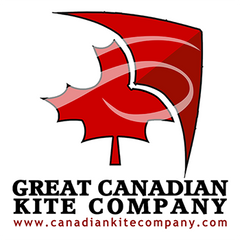 There are times where I will put mu earbuds in and listen to whatever kind of music I'm feeling at the moment and flying my kite to that music. It's kind of like dancing, but it allows me to express my inner state of mind through the kite. I can fly my stress out through the lines and the kite. In short order, that stress energy is replaced with a greater sense of peace and the way I fly changes. However you like to fly, I just encourage you to fly your soul, express yourself, and have fun!!
There are times where I will put mu earbuds in and listen to whatever kind of music I'm feeling at the moment and flying my kite to that music. It's kind of like dancing, but it allows me to express my inner state of mind through the kite. I can fly my stress out through the lines and the kite. In short order, that stress energy is replaced with a greater sense of peace and the way I fly changes. However you like to fly, I just encourage you to fly your soul, express yourself, and have fun!!
These have been just a few reasons we LOVE flying kites and why we LOVE to share kites with others!
At Great Canadian Kite Company, not only do we pride ourselves in providing a variety of quality kites for many different interests, ages and abilities, we also want to do our best to make sure your kite flying experience is great, and that means we do our best to provide a selection of kite flying tips and advice in our Kite Blog section. Browse our online Canadian kite shop to buy your kites online. We ship throughout Canada.
Don't see what you are looking for? Have a kite related question? Drop us an email!

 When I was a young stunt kite flyer I would regularly pull out my wind metre (I have owned and lost many) and check the wind.
When I was a young stunt kite flyer I would regularly pull out my wind metre (I have owned and lost many) and check the wind. Meet the
Meet the 

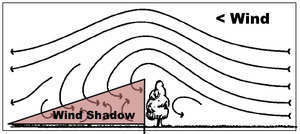

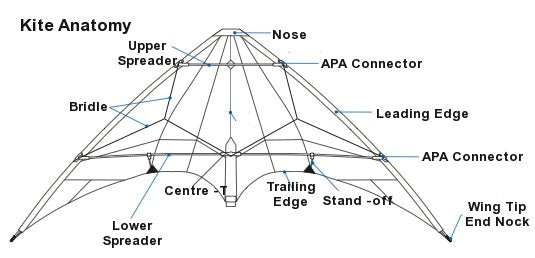
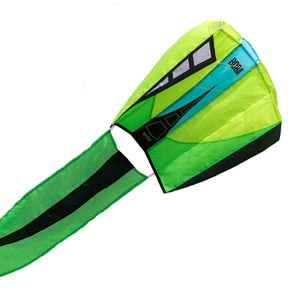

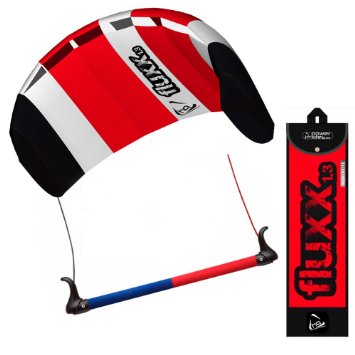
 There are a variety of terms that are used in the sport of Kite flying. Here is a short
There are a variety of terms that are used in the sport of Kite flying. Here is a short
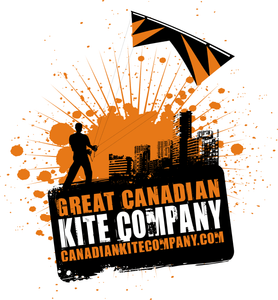
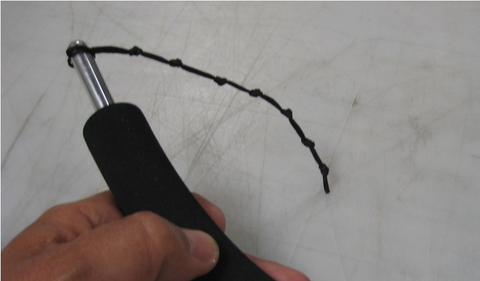 If you haven't tried a
If you haven't tried a 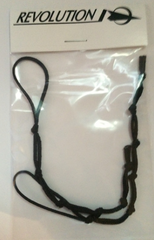 dramatically. When we teach people to fly Revolution kites we like to use handles with extended leaders because we find it increase flyer success much faster. The sooner our students experience success with their kites, the sooner they're tearing up the sky - with a big grin on their face!
dramatically. When we teach people to fly Revolution kites we like to use handles with extended leaders because we find it increase flyer success much faster. The sooner our students experience success with their kites, the sooner they're tearing up the sky - with a big grin on their face!